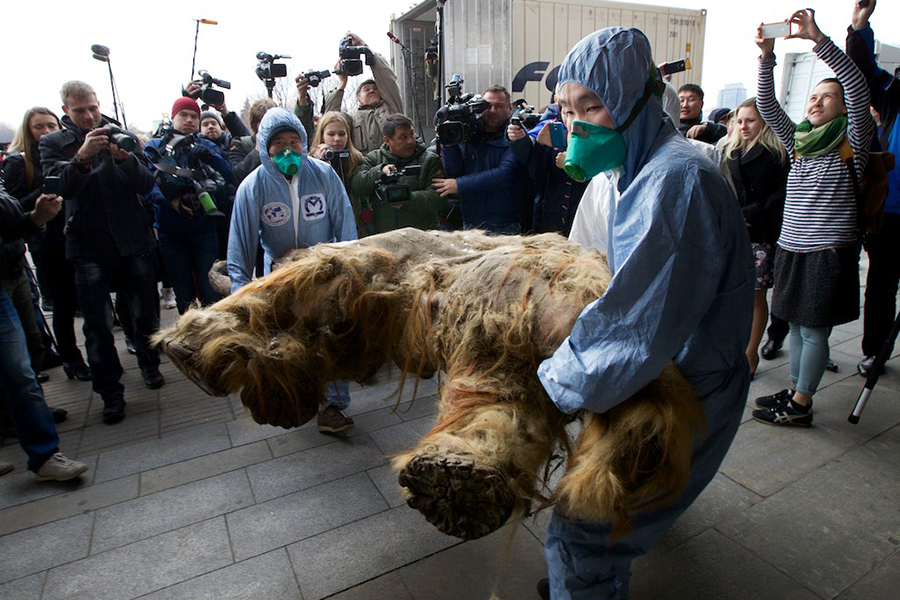10,000-year-old lion cubs found frozen in Siberia offer link to distant past
Loading...
The farthest and coldest reaches of the world have turned up yet another pristinely preserved link to our distant path: Russian researchers say they’ve found two lion cubs in Siberia that could be the best preserved ever found.
The cubs were found in the Sakha-Yakutia region of Siberia, which has proved fertile ground for discoveries of mammals frozen in time during the last ice age period, tens of thousands of years ago. The cave lions are thought to be at least 10,000 years old, but could be much older, reports National Geographic.
“As far as I know, there has never been a prehistoric cat found with this level of preservation,” Des Moines University fossil expert Julie Meachen told National Geographic, “so this is truly an extraordinary find.”
These extinct cave lion cubs, Panthera leo spelaea, lived towards the middle or end of the Pleistocene times – which ended nearly 12,000 years ago – on the Eurasian continent, from Britain to the far east of Russia, reports the Siberian Times. The giant cats are relatives of the extinct American lion.
Though the researchers will release more detailed information about the cubs at a November 17 event, they’ve said that their find of the preserved animals this summer is significant because before it, only skulls, teeth and bones of the extinct species had been found.
A close evaluation of the two cubs could help explain why they were smaller than plant-eating animals and why they became extinct, since they had few predators and were not known to get swallowed up by swamps, like woolly mammoths and rhinos.
According to the Times, paleontologists suspect that a decline in the deer and cave bears they preyed on caused the Eurasian cave lions’ extinction.
Besides revealing more information about the two cubs, the November event will showcase other animals from the same time period that had been found in the region, preserved in ice. Among these will be the "Oimyakon" mammoth, the carcass of a Kolyma woolly rhinoceros, and Yukagir bison and horses, reported the Times.
There will also be the famous, 39,000-year-old baby woolly mammoth scientists named Yuka, found in 2010. Yuka's mummified brain is the only mostly intact mammoth brain known to science.







